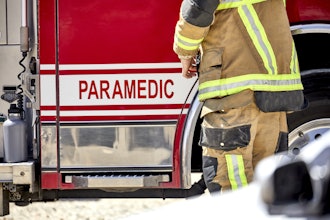
WASHINGTON, DC — The U.S. Department of Labor's Occupational Safety and Health Administration (OSHA) and the Centers for Disease Control and Prevention (CDC), in consultation with the Food and Drug Administration (FDA), have released joint coronavirus-related interim guidance for employers and workers performing seafood processing operations in onshore facilities and aboard vessels offshore. The guidance includes recommended actions employers can take to reduce the risk of exposure to the coronavirus.
"It is imperative that workers in the seafood processing industry are protected from coronavirus exposure in their workplace," said Principal Deputy Assistant Secretary of Labor for Occupational Safety and Health Loren Sweatt. "OSHA collaborated with the CDC and FDA to provide this guidance, which outlines steps employers can take to provide a safe and healthful workplace for workers in this vital industry."
While the seafood products these workers handle do not expose them to the coronavirus, their work environments – processing stations and other areas in busy facilities where they have close contact with coworkers and supervisors – may contribute to their potential exposures.
The interim guidance includes information regarding:
- Modifying the alignment of workstations, so that workers are at least 6 feet apart in all directions;
- Staggering workers across shifts to limit the number of employees on site at any given time;
- Adding additional clock in/out stations, or staggering times for workers to clock in/out to reduce crowding in these areas;
- Providing temporary break areas and restrooms, or staggering breaks, to avoid crowding in these areas;
- Analyzing sick leave and incentive program policies to ensure that ill workers stay home and are not penalized for taking sick leave if they have the coronavirus; and
- Screening and monitoring workers, and creating a system for workers to alert their supervisors if they have signs or symptoms of the coronavirus or had recent close contact with a suspected or confirmed case.






















